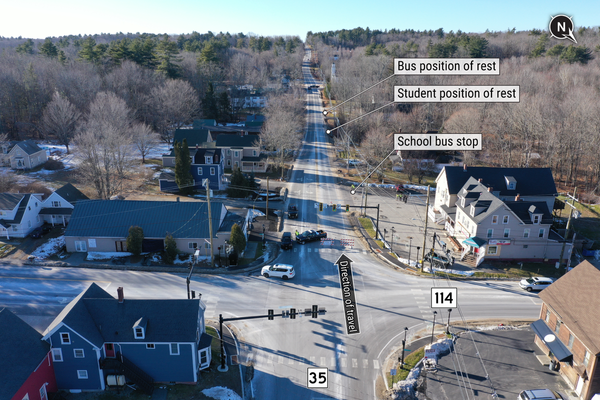The Allahabad High Court on May 12 allowed a revision petition demanding a scientific survey to determine the age of the purported Shiv Ling found inside the Varanasi-based Gyanvyapi mosque. The survey will be done by the Archaeological Survey of India (ASI) which, in its affidavit submitted in the court, maintained that it cannot do carbon dating of the structure due to technical reasons but offered to do the carbon dating of the embedded portions of the Shiv Ling along with some other ways like Ground Penetration Radar (GPR), excavation to name a few.
The case pertains to a revision plea moved by Lakshmi Devi and three others who have challenged the Varanasi court’s order of October 14, 2022, wherein the local court had rejected Hindu worshippers’ plea for conducting a scientific survey of the Shiv Ling to determine its age. The petitioners urged the High Court that it should direct the ASI to conduct a scientific survey of the structure through possible methods which shouldn’t damage the structure but determines its possible age.
The management of the Gyanvyapi mosque — Anjuman Masjid committee — maintained that there is no Shiv Ling inside the mosque and the structure is actually a fountain which was erected near the place they use to wash hands and feet before offering namaaz.
Multiple reminders
The High Court, in previous hearings, had issued a notice to the Director General (DG) of the ASI to file an affidavit with her opinion on the scientific survey of the structure. The ASI took almost six months’ time and submitted its response in the court after multiple reminders.
In the affidavit filed in the court of Single Bench of Justice Arvind Kumar Mishra, the ASI has categorically stated that radiocarbon dating of the structure is not possible because it lacks presence of atmospheric deprived carbon of a certain type. It added that in GPR technique, U-Pb isotopes present inside the zircon mineral can be measured to find the age of the formation of the rock but even this process will cause destruction, the ASI maintained. It further said that the pictures of the structure accessed by the agency show that there are five sectors on the top part of the same.
“If this part has been embedded at a later stage using binders containing plant products of mortar then this binder can be radiocarbon dated and can throw some light on the age of the religious symbol,” the affidavit said, adding that it can be inferred that the religious symbol is older than embedded parts.
The ASI also suggested that the site could be visited by researchers from various laboratories so that more possibilities for the determination of the age of the structure could emerge.
Counsel for the ASI, Manoj Kumar told The Hindu that the High Court had allowed the revision petition. He refused to divulge more details about the affidavit citing the matter to be sub-judice.







